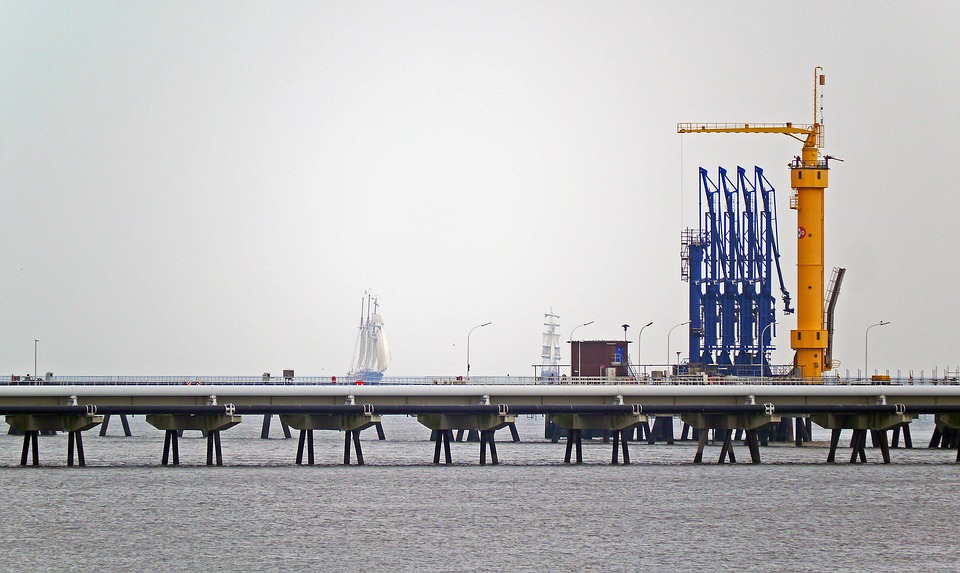Risks And Realities
Geopolitical risk and the reality of surging U.S. and Global oil demand sent oil on a tear to a three-week high. Oil prices rose as President Donald Trump and Saudi Crown Prince Mohammad Bin Salman met as traders felt it was a signal that soon Saudi Arabia and The United States would work together to take a much tougher stance on Iran.
“A lot of bad things are happening in Iran," he said. "The deal is coming up in one month and you will see what happens and you’re going to see what I do.” That comment gave oil another boost but that was then offset by a surprising comment on Russia. President Trump said he called Russian President Vladimir Putin to congratulate him on his victory saying, “We had a very good call,” and that he expects to meet Putin in the not too distant future to discuss the arms race, which is getting out of control.

This caught many traders by surprise because of Putin’s meddling in the U.S. election and rigging his own. Most traders thought they might get a hint of tougher sanctions on Russia but instead now will have to focus on what may or may not come out of this meeting. Trump may want to work with Putin on thorny issues like North Korea, Syria and Yemen, to name a few, even though many are outraged by President Trump’s call to the Russian leader.
Even though oil dipped after Trump’s Russian surprise call, it later resumed the rally, as demand prospects continue to rise. Some also thought that OPEC helped the cause by admitting that the global oil market is a lot closer to being in balance than they and many others thought it was.
Bloomberg reports that “OPEC and its allies held further discussions about changing the way they measure the impact of their production cuts, including proposals that would affect how quickly they hit their target,” according to delegates from the group.
One option that OPEC and non-OPEC delegates discussed in Vienna on Monday is to continue measuring commercial oil inventories in developed economies against the five-year average, but without counting years of high stockpiles, the delegates said. Another option is to use a seven-year inventory average, they said. This would move their goal of reducing stockpiles to normal levels further from reach, potentially requiring a longer period of cuts to achieve it. Delegates also considered a period of more than seven years.So, in other words, OPEC and Non-OPEC may really drain inventories a lot more, raising the risk of a shortfall later this year.
Bloomberg said that oil stocks fell in February to around 44 million barrels above that measure, down from a surplus of 293 million barrels in January 2017, the first month of the cuts. Assuming current conditions remain the same, the delegates concluded that the market is on track to re-balance on the five-year measure in the second or third quarter. Much faster than anticipated. We are not surprised as we have been seeing very clears signs that the market is already in balance. Demand growth and capital spending cuts have had a much bigger impact on the market then many have realized. We are also seeing that even with rising shale production, it can’t keep pace.
We saw more evidence of that tightening market pace in the American Petroleum Institute (API) report which showed a surprise draw of 2.739 million barrels of oil.Most analysts were looking for a 2.556 million barrel build. What was surprising was that we saw a 1.644-million-barrel increase in Cushing Oklahoma. Products also were bullish as gasoline was down 1.0633 Million barrels and distillate down 1.926 million barrels.
Venezuela’s oil production fell to 1.548 million bpd last month which was down 52,400 barrels per day drop from January 2018. Not looking good and another reason to be bullish. Shale can’t replace that heavy Venezuelan crude, the type refiners want for distillate. The U.S. Energy Information Administration report on oil inventories is due to be released on Wednesday at 10:30a.m. EST.
Nat gas bounced on cold but is still in trouble. Andy Weissman, of EBW Analytics Group, says that higher year-over-year nuclear and renewable generation is likely to weigh on power sector gas consumption this spring to the tune of 1.6 Bcf/d. At the same time, we expect natural gas production to repeatedly set new all-time highs, increasing market comfort with a lower storage trajectory. Steep storage deficits to both year-ago and five-year average inventory levels are likely to limit the extent of any price declines this spring.
Spring nuclear outages are expected to be lighter in most regions relative to last year, increasing the availability of low marginal cost generation and limiting support for power prices weighed down by paltry shoulder season demand.



